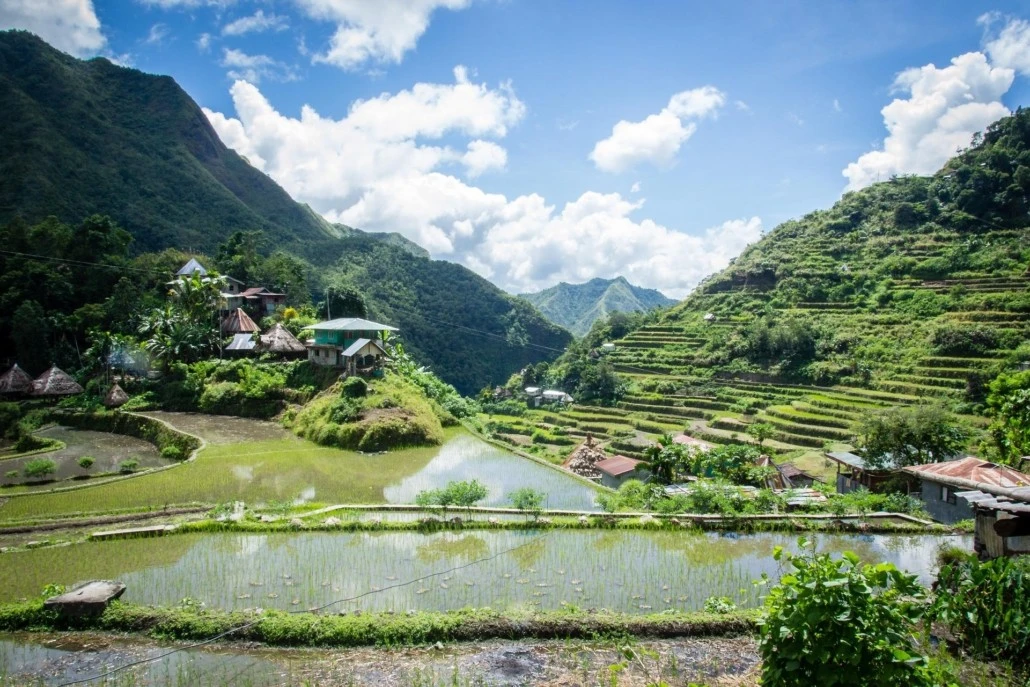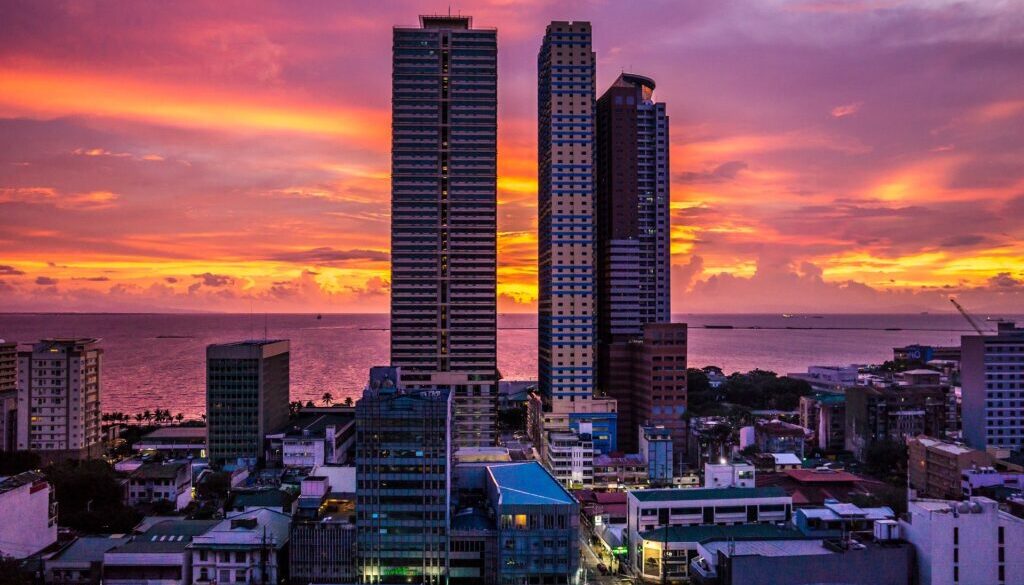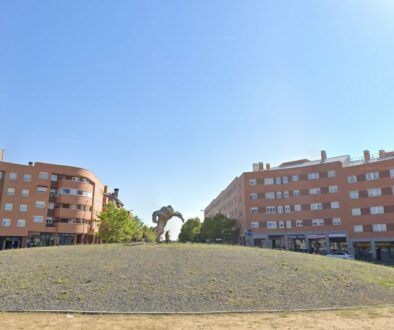Moving to the Philippines. Tips for moving to the Philippines. Living and working in the Philippines
Tips for moving to the Philippines, an Asian country with Hispanic influence
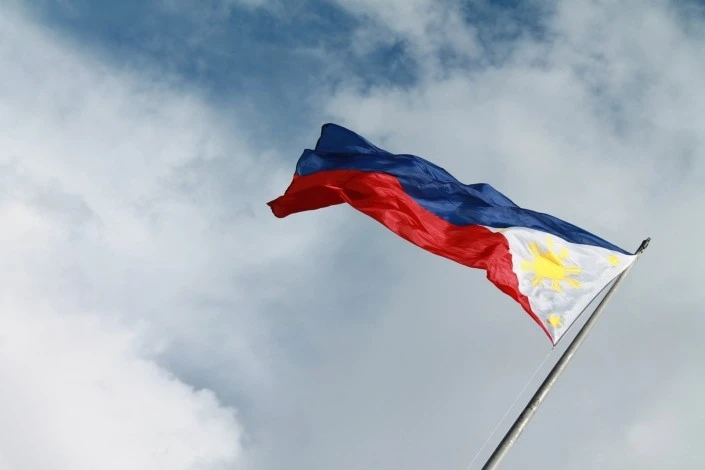
The Republic of the Philippines is an island country located in Southeast Asia, consisting of 7,100 islands classified into 3 groups: the island of Luzonthe group of the Bisayas and the island of Mindanao. The Philippines has an estimated population of about 111 million, making it the 13th most populous country in the world. Traditionally a country of emigrants, today Filipino emigrants have become one of the largest communities in the world.
Various ethnicities and cultures coexist along its islands. Classified as a newly industrialised countryThe country's economy continues the steady growth it has enjoyed since independence. The economic reforms implemented at the beginning of the 21st century, they have made it possible to the service sector to displace agriculture as the main the main economic activity and now contributes more than half of the GDP. However, the Philippines still faces a number of infrastructure challenges: lack of development in the tourism sector, education, health care and human development.
Geographical and social issues
The Philippines is a country located in the ocean Western Pacific in southern Asia and is made up of more than seven thousand islands. The archipelago totals 300,000 kilometres and is about 800 kilometres from the Asian mainland. Its capital, located on the island of Luzon, is Manilaa large, densely populated coastal city.
With more than 100 million inhabitants, its median age is only 24 years, which seems to project an average age of 24 years. promising future. Moreover, its official language is English and this makes relations with foreign companies much easier.
Economic aspects
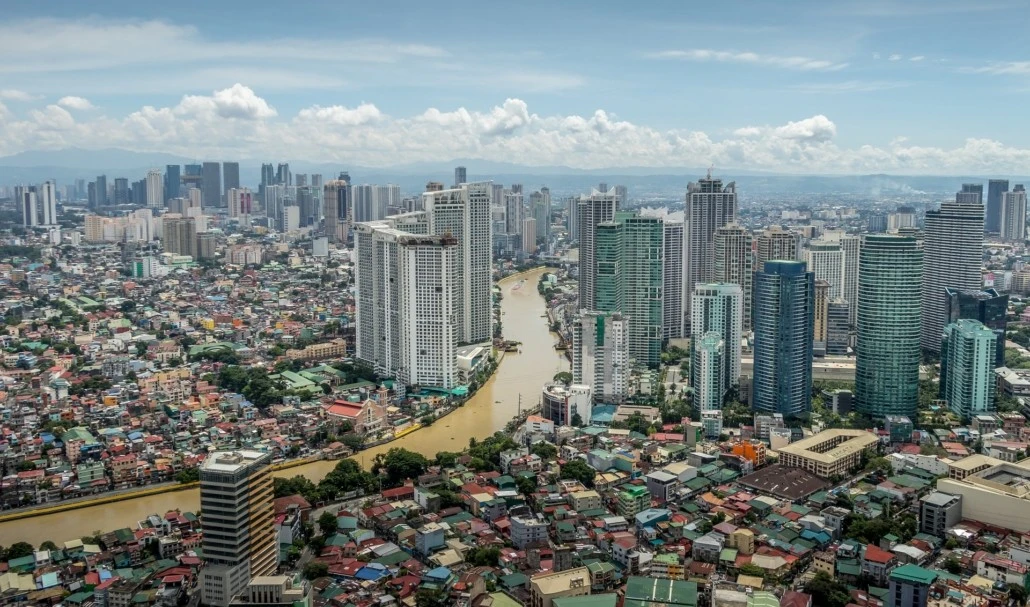
According to data provided by the Chamber of Commerce of Madrid, The Philippines is one of the most important players in the Asian economy. and has recorded spectacular data over the last decade, with an average annual growth rate of over 5.7%. It is one of the fastest growing economies in Southeast Asia, with a projection that seems to indicate that it will be one of the fastest-growing economies in Southeast Asia by the year 2050 will be the sixteenth largest economy in the world. ranking world. The country is currently immersed in a major infrastructure plan in which some 150,000 million euros will be invested until 2022 and which aims to reach 7% of GDP in public investment. Specifically, this infrastructure plan aims to improve road connections, as well as other types of transport. Consumption and investment stand out as the main stimuli that will promote the island nation's economic expansion in the coming years, and the government has placed special emphasis on renewable energies, tourism and finance as the preferred sectors.
The Philippines and Spain have close relations going back centuries. and is now expected to be further strengthened. It is a country that is emerging as an interesting gateway to the Asian market, which has a population of 650 million inhabitants, making it a very interesting business niche.
In terms of trade, the bilateral relationship continues to strengthen. The sum of exports and imports reached €758 million in 2018, setting an all-time record. Exports in recent years have grown at an average rate of 9.9%. In addition to traditional products, an image of Spain as a country with competitive technology is increasingly taking hold.

Given the high level of young populationThe Philippines is a country where the technology is intensely present and where the modernisation of processes and systems is very noticeable. Thus, terms such as e-commerce, blockchainetc. are very easy to process in the Philippine business world.
Investing in the Philippines: Legal framework, definition and general rules
The Foreign Investment Act 1991 is the basic law governing foreign investment in the Philippines.
This legal framework involved the liberalisation of the entry of foreign investment in the country up to 100% of ownership, unless there are restrictions by the constitution or other special laws listed in the Foreign Investment Negative List. It seeks to promote foreign investments and prescribe the procedures for registering the company to do business in the Philippines, but protecting its SME industries (existing and proposed operations) in the country.
There is, therefore, a list of sectors where foreign entry is prohibited or restricted. This list is renewed every two years and has two sections:
The list Awhich vetoes or limits access to the following sectors, leaving it to Filipino nationals:
- The media.
- Retail trade with capital of less than US$2.5.
- Private security.
- The use of marine resources.
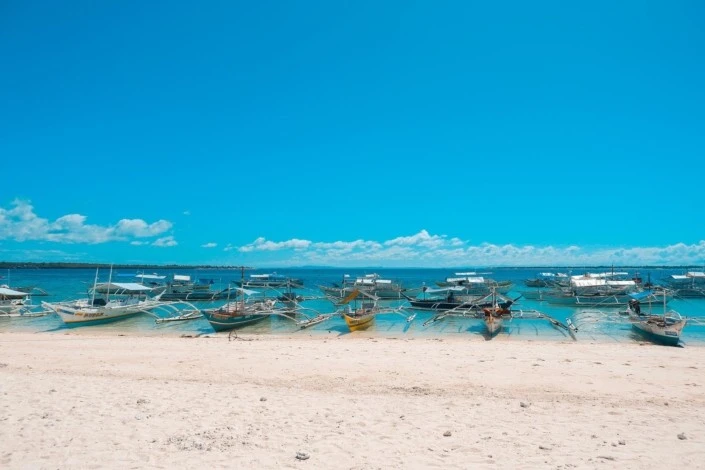
- Chemical, biological, radiological, radiological, nuclear and weapons products.
- Professional certifications.
- Cooperatives.
- Small-scale mining.
- Pyrotechnics.
- Booths
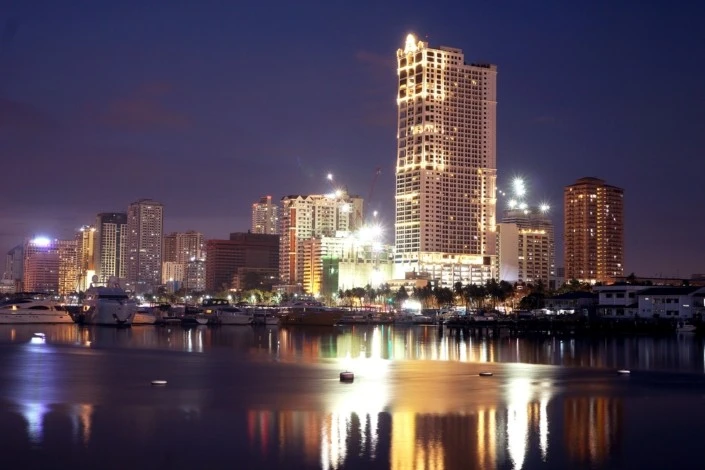 For its part, the List B limited for reasons of security, defence, risk to health or morals, and the protection of small and medium-sized enterprises.
For its part, the List B limited for reasons of security, defence, risk to health or morals, and the protection of small and medium-sized enterprises.
This means that in order to invest in the indicated sectors, it is necessary to form alliances with Philippine companies in which they have a majority shareholding (joint-ventures).
Working in the Philippines
For working in the Philippinesthe main thing is mastering English because in addition to the tagalogEnglish is the official language in the business and administration sector. In addition, Spanish can add competitive advantages as a qualified professional.
It is best to managing an employment contract from SpainThe work visa may be difficult to obtain from the Philippines.
Among the most in-demand professions are: computer scientists, engineers and human resources financiers. There are also many opportunities in the cooperation sector with Spanish and foreign NGOs.
Visa
The visas The work permits are usually processed by the companiesThat is why it is so important to get a job before moving to the country.
A simpler route would be to get a consultant contract for which you are not required to have a work visa. However, you have to renew it every 30 days, which means you'll have to leave the country every month. Travel to neighbouring countries is quite affordable, so one way to renew this visa is to opt for a monthly trip to the beautiful countries of Southeast Asia.
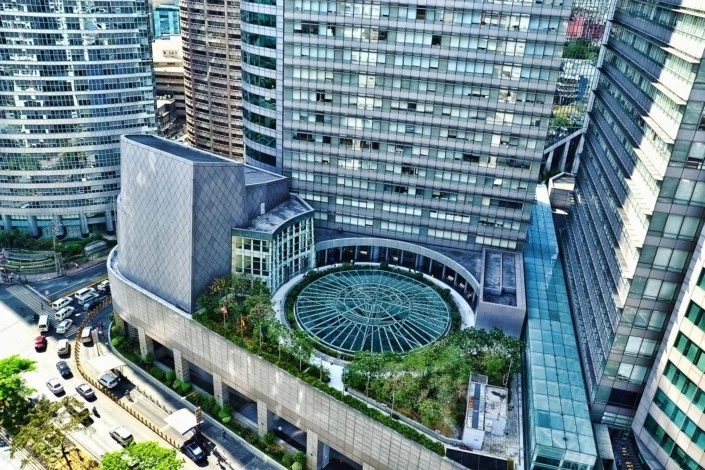
The cost of living
The largest opportunities The capital city is the location of the labour market, ManilaIt is also one of the most expensive cities in the Philippines, although compared to European countries, the cost of living is generally cheap.
Supermarket prices are more or less the same as in Spain, although they go down a lot if you go to local markets. Street food is also quite cheap, you can eat anywhere for around 2 or 3€.
Taxis usually cost no more than €2 or €3 to get anywhere, and public transport in the Philippines costs just €0.15.
Curiosities
- The name "Philippines"derives from the name of the king Philip IIThe monarch who was in power when Spain arrived in the islands.
- Due to a colonial decree, the following were systematically distributed surnames of Spanish origin to all Filipinos. Today there is no trace of surnames in the original languages of the Philippines. First names are also still mostly in Spanish, although English is also common.
- Your typical food is similar to what you can find in Spain: all kinds of meat with sauces and vegetables in a "potaje" style, which may not be very appetising to look at, but it is very affordable.
- It is one of the few Asian countries that predominantly practices the CatholicismAbout 90% of the population is Christian.
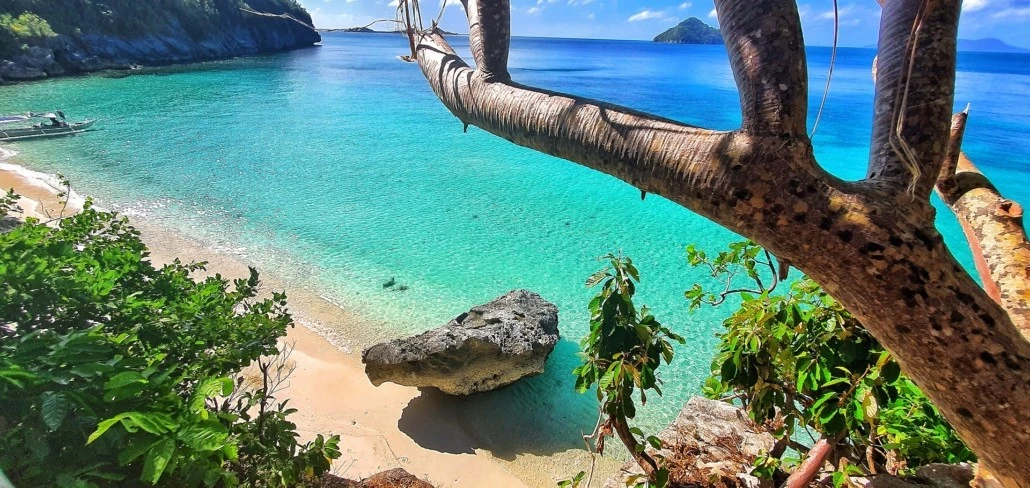
Useful addresses
Some organisms that may be useful:
- Chamber of Commerce and Industry of Madrid.
- Philippine Board of InvestmentsThe Department of Trade and Industry of the Republic of the Philippines, an agency attached to the Department of Trade and Industry in the Republic of the Philippines.
- Department of Tourism - Republic of the Philippines.
- Philippine Retirement Authoritya government-controlled corporation attached to the Philippine Department of Tourism (DOT) with a mandate to attract foreign nationals and former Filipino nationals to invest, reside and retire in the Philippines in order to accelerate social development.
- Bureau of Immigration.
- Philippine Trade and Investment Center (PTIC)-Paris The Philippine Trade and Investment Centre (PTIC)-Paris is the attached trade section of the Philippine Embassy in Paris, and is the representative office of the Department of Trade and Industry (DTI) in France. Its mission is to promote Philippine exports and services, generate inward investment and provide assistance in bilateral and multilateral trade and economic negotiations. Its areas of coverage are France, Italy, Portugal, Spain and Turkey.
- Embassy of the Philippines in Madrid.
More information you may find useful for moving to the Philippines
If you would like to know more about living and working in Philippinesyou can't miss the Expatriates podcast.
If you are going to take the final step, Request a quote for your international removals with the best professionals! Gil Stauffer has been providing services for more than 110 years.. We will accompany you through the whole process.
You may also be interested in the following articles:
- Moving home: Tips for being happy abroad.
- Prices and information for international removals.
- Changing cities for work: Tips if you are moving for professional reasons.
